
|
Note ye ed's email address: stevebryant99@gmail.com. |

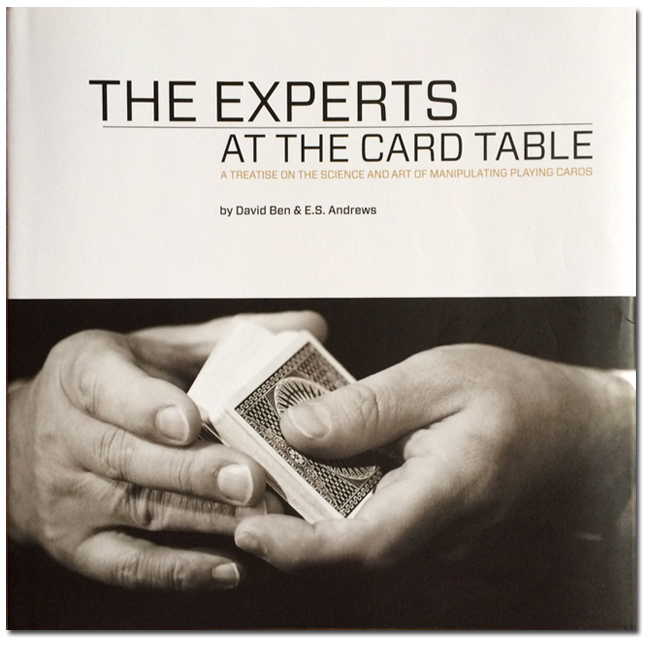
|
Last month's June issue covered the Midwest Magic History Weekend and a magical wedding in Waynesville, NC. |
July 2015 I must say it has been fun reading the reports from and listening to the podcasts from FISM, especially those from Craig Mitchell, Michael Perovich, Scott Wells, and MaxNY. Not that I wanted to be there. Watching 150 contest acts even under perfect conditions is more magic than I have a tolerance for, but congratulations to all the winners and to those who attended and had a great time. Thanks for the reports. This month, a new look at an old book, a new book that breaks new ground in many areas, including its illustrations, and some hotsie totsie postcards from Chris Philpott. All fun stuff. Next month, I hope to be reporting from Las Vegas. See you there. Now, if one of you has that magic set at the bottom of the page ... |
|
|
IMPOSTERS -- One of my favorite novels, mentioned here before, is Billy Phelan's Greatest Game, by William Kennedy. The title character, Billy Phelan, is a gambler cruising the nightlife of 1938 Albany, an adept at bowling, pool, and poker, a romantic fictional character any reader would aspire to be. It is in that same guise, as a fictional character, that I have always come to S. W. Erdnase's The Expert at the Card Table. That is, despite the fact that I have indeed cheated at cards (for the thrill of employing the spread) and have over many decades learned and performed impressive gambling demonstrations concocted by various genius conjurors, I have never aspired to nor acquired the skills that "the most critical observer would not even suspect, let alone detect." Rather, I approach the techniques in Erdnase as methods that could be used by an imaginary version of myself: my hands as talented as those of Steve Forte, my looks and demeanor as cool as those of Steve McQueen in The Cincinnati Kid. Erdnase is the stuff of dreams. It might be argued that Erdnase himself was a fictional character. We know his name was. David Ben's bold decision to list his fellow author as E.S. Andrews was recently challenged by yet another candidate this month on the Genii forum, raising the list of possibles to thirteen or so. I have always suspected that the gambler himself was also a fiction, that "Erdnase" was far more a writer than a card cheat. Perhaps this is because I likened the book to my first book on the subject, Poker According to Maverick. To a kid in the late fifties, Bret Maverick seemed the real deal. Whatever, Erdnase's gift for language is compelling, and he has coined some of the most famous aphorisms in magic. All of which brings us to the book at hand, The Experts at the Card Table, by David Ben and what's-his-name. Some fourteen years ago, David got the idea to reshuffle the text of Expert (the Card Table Artifice portion) so that it would provide a step by step roadmap for the card mechanic who wanted to sit in on a game and fleece the marks. The results are surprisingly effective. Simply by rearranging the order of the instructions and setting some off as sidebar commentary, David has made the once-daunting material more accessible than ever. For my first time, I read the text cover to cover, and it all made sense. Previous attempts with the original caused my eyes to glaze over. 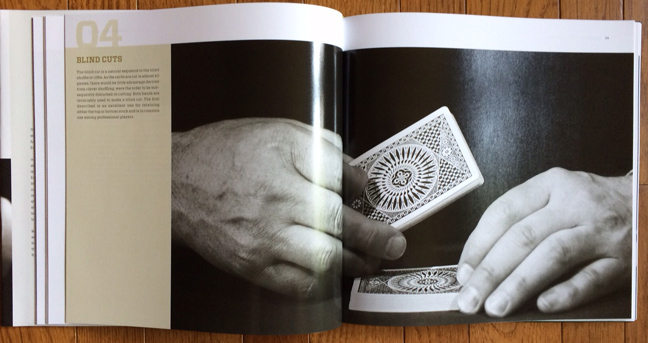 Michael Albright paints a nice picture. Also of enormous benefit is the new layout, with dozens (more than 101) of photos replacing the Marshall Smith drawings. (The hands in the photos are David Ben's; the retro-look photos are by Julie Eng.) The design is attributed to Julie, Kevin McGroarty, and Michael Albright. I am not quite sure what Kevin did, but have long loved Michael's work. He could make the phone book look like a high-end coffee table book. And yes, that is just what this book looks like. The book lies open flat, so that you can work through it with cards in hand, which I did (further underscoring the fiction of my becoming an ace card cheat). 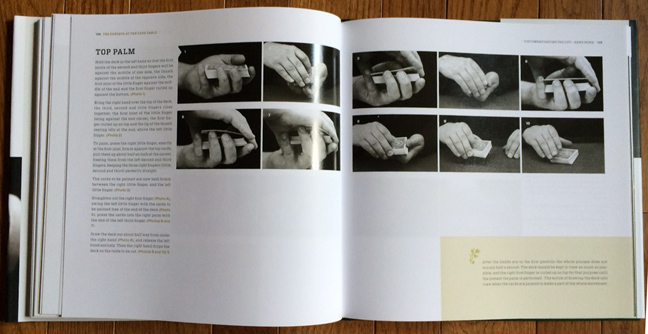 Clearer than Marshall Smith sketches. A look at the New Order: The Introduction and Chapter 01 Primary Accomplishments contain many of the dictates Vernon was fond of quoting. Chapter 02 Locating, Securing and Stocking Cards provides a riffle cull and other means for placing desired cards at the bottom of the deck. (Erdnase: "These cards might be left on top, but they would be of little use there." My fictional self enjoys knowledge of the top cards. Cut the deck to the right and riffle shuffle, peeking the last card that falls from your left thumb. Repeat, peeking the next last card that falls from your left thumb. You now know the top two cards. Do it twice more, and you know the top four cards. Deal a five-handed game of Five Card Stud, and you know all the hole cards. Yes, you have to "circumnavigate" the cut, but Erdnase supplies strategies for that.) Chapter 03 Blind Shuffles supplies riffle shuffle techniques for maintaining the top or bottom stocks. Chapter 04 Blind Cuts offers numerous methods for the cutter to use. Chapter 05 Circumnavigating the Cut: Table Work yields methods by which the dealer acting alone can nullify the cut or by working in collusion with an ally. Chapter 06 Bottom Dealing now makes use of those cards you secreted at the bottom. Chapter 07 Hand Work is an extensive Erdnase look at overhand shuffles. Chapter 08: Circumnavigating the Cut: Hand Work teaches top and bottom palms to that end. Chapter 09 Stock Shuffle and Chapter 10 Erdnase System of Stock Shuffling cover methods for setting advantageous cards to be dealt to the dealer (or ally) via overhand shuffles. (Important line: "The highest tribute that can be paid to the method is the fact that certain payers whom we have instructed, can execute the stock with the greatest facility ..." Has anyone discovered any Erdnase pupils in the search for his identify?) Chapter 11 Erdnase System of Cull Shuffling describes what to do when you note that there are advantageous cards at, say, positions 7, 5, and 9. Chapter 12 Additional Advantages gives an overview of collusion, dealing extra cards, skinning the hand, holding out, and second dealing. Chapter 13 Three Card Monte covers the classic game, and Chapter 14 Technical Terms defines terms used throughout the book. David promises that this book is one of a trilogy. The second will address David's thoughts on the material in the first, and the third will address gaps in the first, with new developments by Dad Stevens and Dai Vernon. The Legerdemain section will not be addressed. This is a lavish production, sure to be a must-have purchase by students of Erdnase. Foreword by Karl Johnson, Commentary by David Ben, Preface by (?) E.S. Andrews. $75 plus $6 shipping from Magicana. FIVE-FOOT SHELF -- OK, not quite five feet, but I do have a short list of favorite books on poker and advantage play to which the above gets added. Poker According to Maverick. My first book on the subject, from which I first learned to do the spread. A Dell paperback, thirty-five cents. "Here is your chance to share Maverick's secrets of success at the poker table--his knowledge of the odds, of psychology, of strategy and tactics, of betting styles, and dozens of refinements in all the major variations of the game." Poker for Fun and Profit. By Irwin Steig, illustrated by New Yorker artist William Steig. Character studies of the usual players. Given that I am an imaginary cardsharp, these were my imaginary opponents. Common Sense in Poker. By Irwin and William Steig, as above. More entertaining advice on the strategy of the game. 52 Ways to Cheat at Poker. By Allan Zola Kronzek. The most delightful and possibly the most informative book in the list. Allan expands nicely on the simple top card riffle stack I mentioned above. Revelations. This is the first version of Erdnase with Vernon's annotations plus an extraordinary introduction by Persi Diaconis. Revelation. This is the more lavish (Michael Albright again) version with Vernon's annotations and photos of Vernon's hands. No Diaconis intro with this, but we thank him for the hand photos. The Annotated Erdnase. By Darwin Ortiz. One of the great unsung books on cards, loaded with ambitious essays. I love the essay on ace assemblies, in which Darwin tries to cover the entire range of the effect. For this and the above two volumes, we thank thank thank Mike Caveney for publishing them. Casino Game Protection. By Steve Forte. The chapter on poker is all you need to know about modern card cheating, especially the advantages of collusion. |
|
|
OUT OF THE BOX -- My opinion of any magician is usually set by his first great contribution that comes my way. Daryl's cutting sequence, Lee Asher's Twist, Alex Elmsley's Ghost Count, and so on. if they had done nothing else, I would consider each to be a genius. I felt the same when Tomas Blomberg added his Variation to the Solomon/Bannon poker deal that allows the spek and the magician to alternate filling his hand. A small thing but a very big deal. Of course, with Daryl, Asher, and Elmsley, there is so much more, and so it is with Tomas Blomberg. It has been a pleasure to dive into his virtual explosion of material, much of it way out of the box, in the 328-page Blomberg Laboratories, by Andi Gladwin. Here are packet tricks, single deck tricks, multiple deck tricks, non-card items, and bar bets. Some use esoteric sleights (such as Lennart's Snap Deal), some are self-working math miracles. Anticipating the book's arrival, and disappointed that the USPS was taking longer than I like, I rooted around on the internet and struck YouTube gold: many of Blomberg's items are demonstrated by Madison Hagler, currently available here. Thanks, Madison. 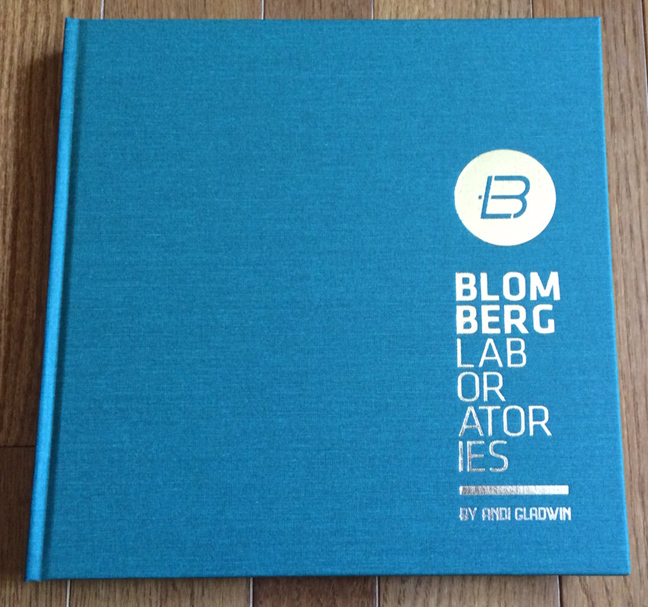 Magic from the lab. I'll add to your viewing pleasure with descriptions of a few of my favorites: Cardpool: This is an eye-popping version of the Invisible Palm Aces or Open Travelers. Only four cards are in play. Schrodinger's Tie: Even though I don't see myself doing this, it is a wacky method for Card at any Number, executed by pulling on a ribbon that is wrapped around the deck. How did Blomberg think this up? One Behead: Oh, this is sweet. I should learn this one, a very pretty method for Twisting the Aces. I think it looks better than the original. It comes with a nice follow-up version by Axel Adlercreutz. Four Heads: A bar bet. You wager that you can flip a coin four times and it will land heads every time. I envy the guy who gets to spring this on Persi Diaconis. Between the Cheats: Another bar bet, a wager on the relative location of any two card values in the deck. This is similar to a wager that Vernon used to love. Intriguing. Blomberg worked out the odds on his computer. Rhythm Switch Assembly: I love ace assemblies, and this one breaks new ground. It's an all-at-once assembly, not a slow-motion version. Late Key: This one continues to fool me as I do it. A self-working math miracle based on an Eddie Joseph routine. Between this and the Eddie Joseph routines that Jim Steinmeyer keeps varying, I am coming to a new appreciation of Mr. Joseph. For me the gem of the book! 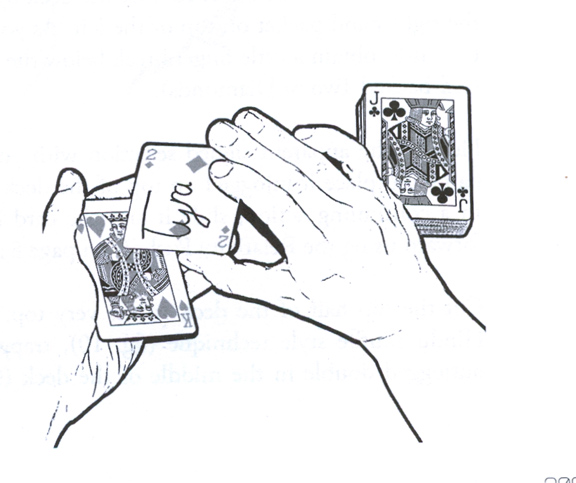 Not drawn by human hands. Blomberg Laboratories is a handsome square volume copiously illustrated with hand drawings that were computer generated (software by Tomas himself). Will this revolutionize magic book illustration? It's staggering to realize Andi Gladwin has been sitting on this for three years. Available directly from Vanishing, Inc. $55. But wait, There's More -- Although most of the tricks are ungaffed, a few are. Vanishing, Inc. supplies some of the cards necessary to do some of the tricks. Good news and bad here. Of those for which gaffs are supplied, I am particularly keen on Swedish Parity Poker, with five "rule" cards that flip over at the end to predict the very surprising results. I am even more keen on a second item, but, instead of sending the four cards needed to do the trick (two of which are gaffed), the guys sent only one gaffed card, expecting the recipient to split the card and glue each half to normal cards. This seems unnecessarily complicated. Anyway, $20 for the set unless you bought the deluxe edition and got them for free. |
|
|
OOH LA LA -- Out of This World can be boring if you are separating the entire deck (It's "not magic, it's filing"), hence versions are created that involve fewer cards. It's hard to imagine any versions with stronger sex appeal than Chris Philpott's new French Postcards. You get twelve scenic postcards and twelve "French" (semi-nude models) postcards along with Jon Armstrong's Out of this Blah Blah Blah, which is perfect for this set. Yes, yes, yes! There are plenty of patter opportunities for the bar magician, and the postcards look great. Directions are included, plus Chris supplies a link to video instruction, a .pdf from Bruce Gold, and promises more from Steve Valentine. I got my set from Vanishing, Inc. $24.95 (and am studying them carefully!). 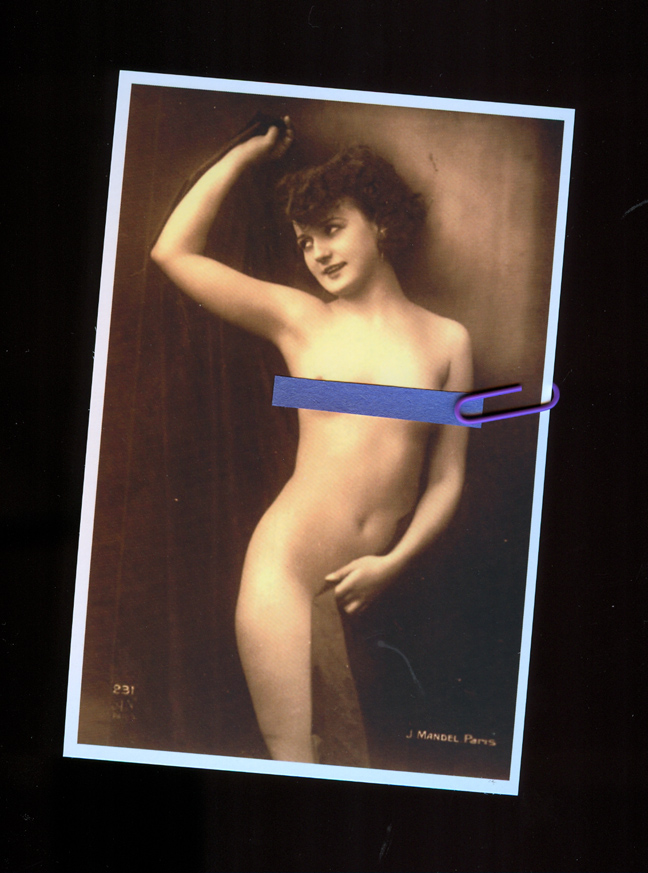 I just LOVE to practice. |
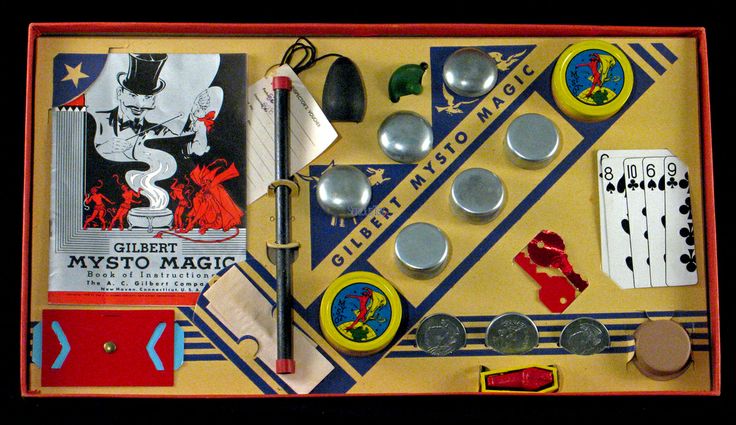 My first magic set.
Congratulations, USA women's soccer!
Little Egypt Magic is the erratically updated web site of Steve Bryant, spawned (the site, not Steve) by a former internet magazine known as The Little Egypt Gazette/for magicians only. Steve Bryant is an obscure magician and writer who generates this site from an iMac in Bloomington, Indiana. He used to frequently journey to and perform magic in Little Egypt, the local name for extreme southern Illinois, where the towns bear such names as Cairo, Thebes, and Karnak. Past issues of this web site: Index to Past Issues Notice: Any limited use of copyrighted images or quoted text is considered fair use, usually to review whatever product or event that is under discussion. If you object to use of any material, please get in touch and it will be cheerfully removed. |
A JSB Creations product
Copyright© 2015 by Steve Bryant